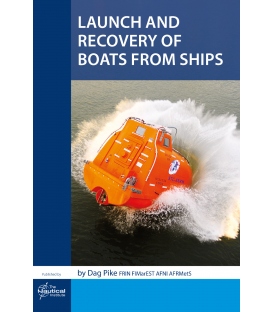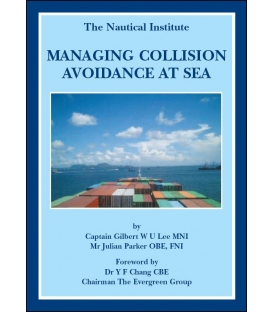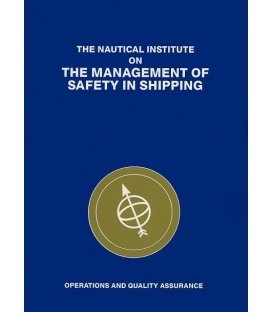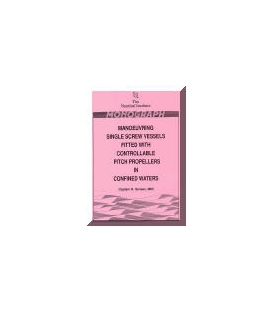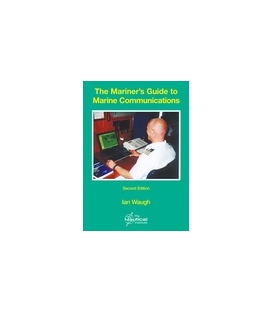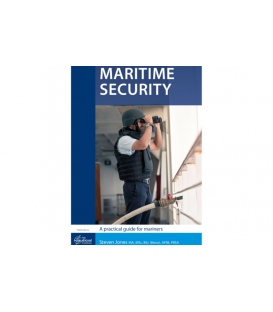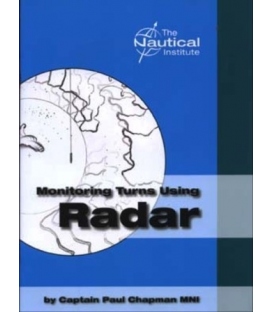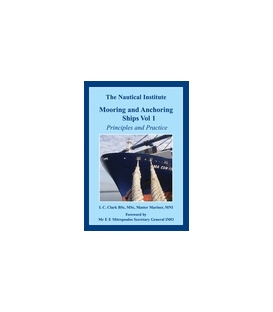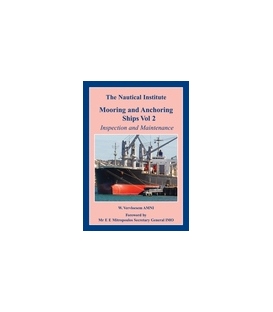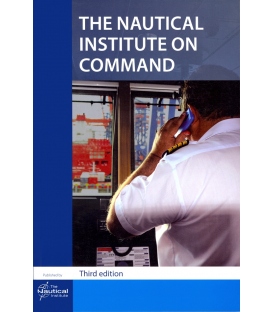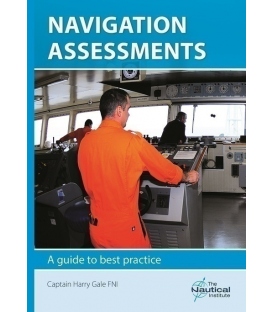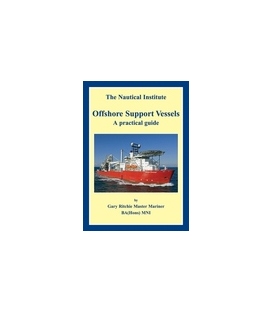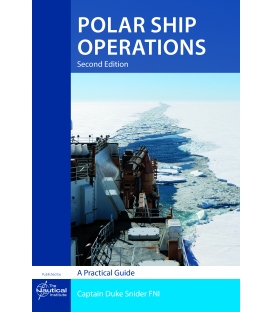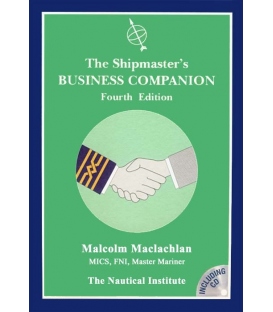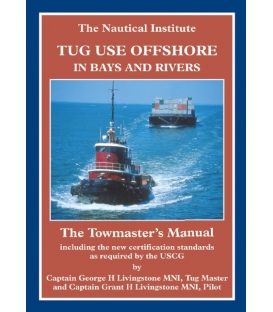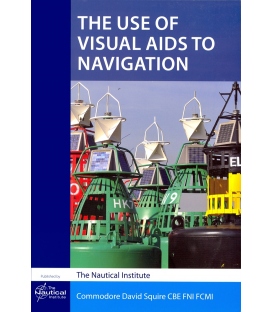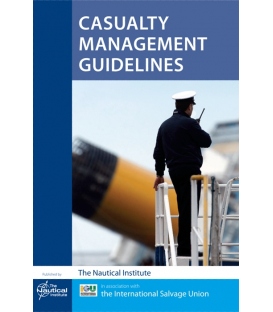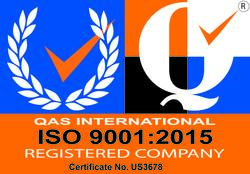

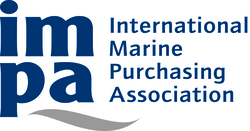
Sign up for our Newsletter
Ship Dynamics for Mariners, 1st Edition 2005
A guide to the theory of hull resistance, power requirements, propulsion, steering, control systems and ship motion in a seaway.
This well illustrated and thoroughly researched book covers the subject of ship motion. Seafarers through the ages have known what ship motion is because they experience it. However predicting motion in advance to better control a ship requires knowledge of the physical principles involved.
All ships now have to carry a manoeuvring diagram based upon trial data. Although this is a considerable step forward from the time no information was supplied, the author explains how trial data is compiled and why it should be treated with caution in different conditions of load, trim and variable under keel clearance. The design of propellers and rudders is discussed in the context of the way they affect the handling of ships, which is of direct interest to all mariners.
Speed and consumption has generally been considered a matter for charter parties and has not featured much in certificates of competency. Defining optimum trim and roughness factors assists companies and their masters to plan their voyages more effectively. Mariners can also discuss with naval architects the limiting factors at work and so make better fuel saving decisions.
Interaction, the effect of varying pressure gradients between the ship and shore and between ships, needs to be understood through the principles of fluid dynamics. Once understood ship movements can be planned, groundings in canals avoided, squat predicted and ship interaction collisions, especially when overtaking in close proximity, prevented through better seamanship. The growing application of dynamic positioning is covered in a special section.
Hull forms are very different and ship motion in a seaway is influenced by a variety of factors which depend upon the ship’s lines, the period of encounter, the angle of encounter, the state of the seas and the ship’s stability. Rudder size to counteract for windage can be critical too. In this section the author examines the forces at work when a ship is in a seaway and demonstrates the precautionary measures which have to be taken to avoid excessive movement. Different methods of stabilisation are discussed as part of this section.
Every seafarer knows their ships are subject to vibration particularly if their living quarters are aft near the propellers, however, if vibration is defined as the transmission of an oscillation through the ship’s structure it is possible to examine the subject from first principles looking at hull snaking and fatigue, noise and critical nodes. Vibration directly affects habitability on board but it also affects the integrity and fatigue of the whole ship structure.
Mr. Clark’s unique style of illustrating complex hydrodynamic interactions enables this book to reach across the boundaries between naval architect and mariner. Pilots will find the sections on manoeuvrability and interaction particularly valuable and masters and officers will have a much fuller understanding of the forces affecting their ships at sea: so leading to more positive control. Ships, pilot stations and marine libraries need copies of this book as it forms the foundation for modern seamanship techniques.

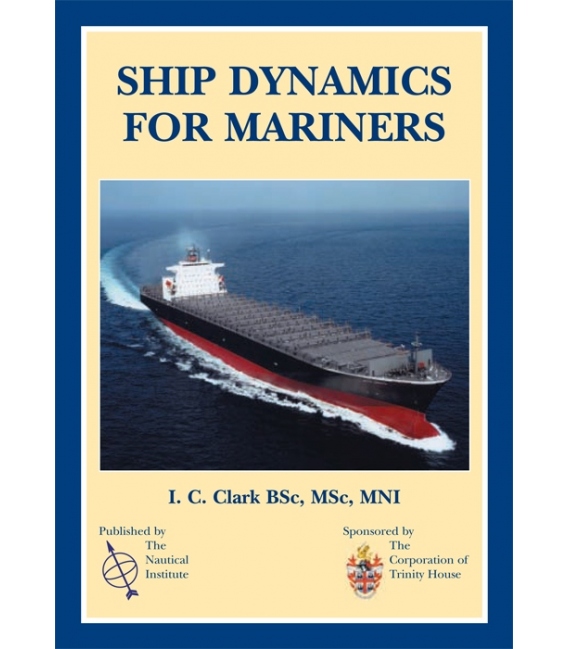

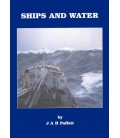
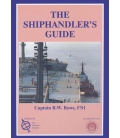

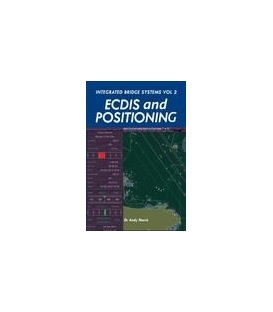
![Integrated Bridge Systems Vol 1 & 2 - Set [Radar & AIS (2008) & ECDIS & Positioning (2010)]](https://mdnautical.com/37997-home_default/integrated-bridge-systems-vol-1-2-set-radar-ais-2008-ecdis-positioning-2010-.jpg)
